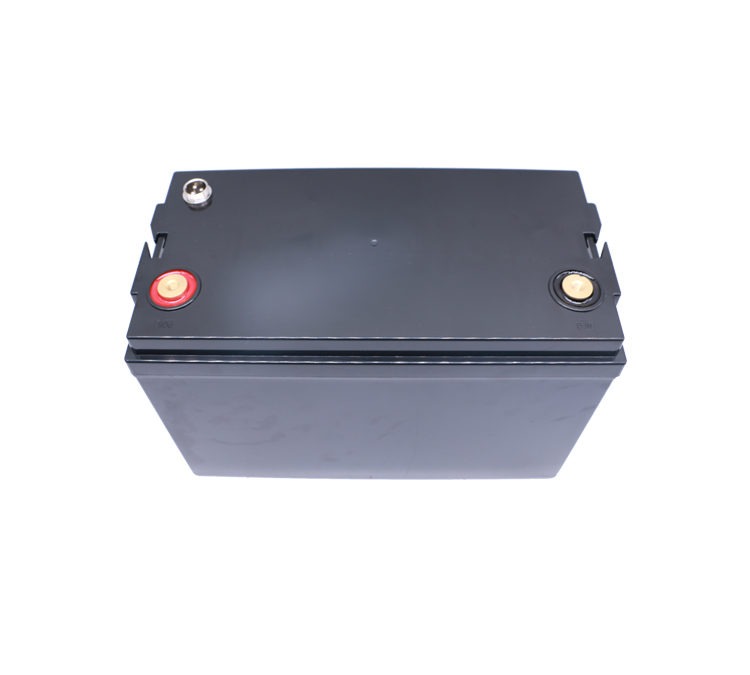The characteristics of different kinds of 12V 100AH UPS battery description
There are three types of 12V 100AH UPS battery commonly used in UPS power supply applications: open type liquid lead-acid batteries, maintenance-free batteries, nickel-chromium batteries, factors affecting battery life, different types of 12V 100AH UPS battery also have their own advantages and disadvantages. Now UPS power supply manufacturers with the battery is generally maintenance-free batteries, the following to avoid maintenance battery-based introduction to the characteristics of the three batteries.
1、Open type liquid lead-acid batteries
Such batteries can be divided into 8-10 years, 15-20 years of life according to the structure of two. As this battery sulphuric acid electrolysis will produce corrosive gases, such batteries must be installed in a ventilated and away from the room of sophisticated electronic equipment, and the battery room should be paved with anti-corrosion tiles.
Due to evaporation, open cells require regular specific gravity measurements and acid and water additions. These batteries can withstand high temperatures, high pressures and deep discharges. The battery room should be non-smoking and have open battery racks.
The battery cannot be transported after charging and must therefore be charged on site after installation. The initial charge usually takes 55-90 hours. The normal voltage per cell is 2V and the initial charging voltage is 2.6-2.7V.
2、Nickel-chromium battery
These batteries are different from lead-acid batteries in that hydrogen and oxygen are produced during electrolysis without producing corrosive gases, and can therefore be installed next to electronic equipment. And water consumption is minimal and maintenance is generally not required. The normal life expectancy is 20-25 years. Far more expensive than the previously mentioned batteries. The initial installation costs are approximately three times as much as for lead-acid batteries. Does not affect battery life due to high ambient temperatures, nor does it affect battery capacity due to low ambient temperatures. Generally 1.2V per cell, UPS need to design a higher charger voltage due to the application of such batteries.
3、Maintenance-free battery
Also known as valve-regulated sealed lead-acid batteries, maintenance-free batteries due to their own structural advantages, electrolyte consumption is very small, in the service life of the basic do not need to replenish distilled water. It also has the characteristics of shock resistance, high temperature resistance, small size and low self-discharge. The service life is generally twice as long as that of an ordinary battery. There are also two types of maintenance-free batteries on the market: the first is a one-time electrolyte added at the time of purchase and does not require maintenance in use (adding supplementary liquid); the other is a battery that has been sealed with electrolyte when it leaves the factory and the user cannot add supplementary liquid at all.
As the maintenance-free battery adopts lead-calcium alloy grid, the amount of water decomposition produced during charging is small, and the evaporation of water is low, coupled with the sealed structure of the shell, the sulphuric acid gas released is also small, so it has the advantages of not adding any liquid, less corrosion on the junction head and wires, strong resistance to overcharging, high starting current and long power storage time compared with traditional batteries.
The maintenance-free battery only produces a small amount of gas from the electrolyte under normal charging voltage, and the pole plate has strong resistance to overcharging, and has small internal resistance, good starting performance at low temperature, and longer service life than conventional batteries. However, the specific gravity of the electrolyte should be checked during maintenance.
Most maintenance free batteries have a hole-shaped liquid (temperature compensated) hydrometer on the cover, which changes colour according to the specific gravity of the electrolyte. This indicates the storage status of the battery and the height of the electrolyte level. When the indicator eye of the specific gravity meter is green, it indicates that the charge is sufficient and the battery is normal; when the indicator eye has few green dots or is black, it indicates that the battery needs to be charged; when the indicator eye shows light yellow, it indicates that there is a fault inside the battery and it needs to be repaired or replaced.
